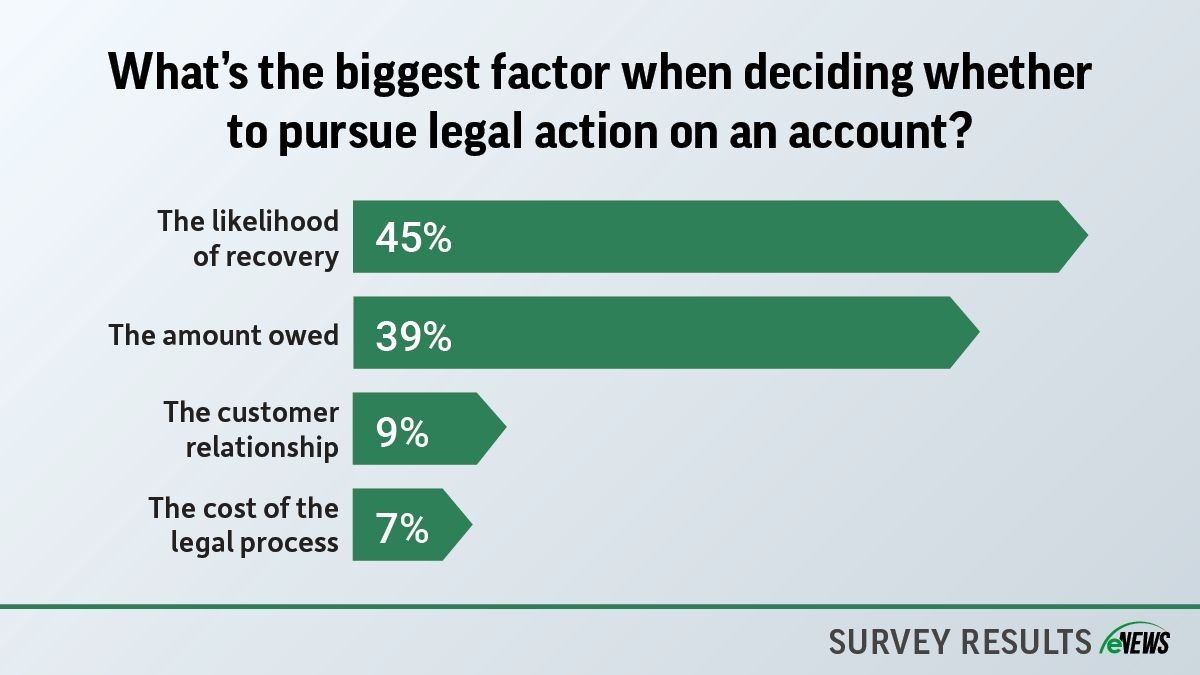Business Practices, eNews
The changing role of credit applications
Credit applications serve as the initial safeguard against risk. Risk reduction begins immediately upon receipt of a customer’s credit application, either digitally or on paper. But the role of credit applications in the customer onboarding process has evolved over time. Previously, credit applications served to establish a binding contract, but now, alternative methods may be used for this purpose.

Credit applications serve as the initial safeguard against risk. Risk reduction begins immediately upon receipt of a customer’s credit application, either digitally or on paper. But the role of credit applications in the customer onboarding process has evolved over time. Previously, credit applications served to establish a binding contract, but now, alternative methods may be used for this purpose.
Why it matters: Understanding these shifts in the role of credit applications is crucial for credit managers to adapt their onboarding processes.
The credit application is designed to help credit professionals learn as much as possible about the applicant before deciding to extend credit.
What’s new: Credit applications have shifted from paper forms to digital formats, enhancing convenience and efficiency for customers and lenders.
- Digital applications enable quicker processing, simpler document submission and often incorporate features such as electronic signatures.
- Automation has improved credit application processing by reducing errors, expediting approvals and enhancing the customer experience.
What they’re saying: “Online credit applications facilitate the customer onboarding process by passing the data back to the customer’s ERP system,” said Dominic Biegel, director, sales at Bectran Inc. (Schaumburg, IL). “It helps considering that most credit professionals we work with have a high volume of credit applications coming in.”
Some credit professionals limit their use of a credit application to an as-needed basis. “The only time we use credit applications is to get additional information when we we’re doing analytics on a client, specifically a client where there wasn’t information available for us to purchase from a credit provider,” said Ty Knox, ICCE, director of credit and risk at EFCO Corp. (Des Moines, IA).
Without a credit application, how do you adhere to Know Your Customer (KYC) practices? You can collect information and get a sales agreement signed with the terms and conditions. However, credit applications were designed to aid credit decisions. Without them, it’s important to conduct a customer background check and verify the legal name of the customer to ensure legal collection.
Credit applications are still part of the credit investigation, but for some professionals, they can collect financial information through other avenues. “We would ask them to fill out a credit application so that we could have bank and trade references,” Knox said. “We also ask for financial information—which we rarely ever get—to make a credit decision. Our credit application therefore did not have any terms and conditions associated with it.”
A Legally Binding Contract
The purpose of having a signed credit application is to protect your company’s interests. For instance, the terms and conditions on the credit application could include an interest provision—your right to collect finance or interest charges if a customer fails to pay on time.
With the rise of ecommerce, it’s easier than ever for businesses to secure agreement to their terms for every purchase, even without a credit application. Ecommerce has transformed the way customers interact with terms and conditions. Customers are accustomed to swiftly scrolling through lengthy agreements, often overlooking the fine print in their haste to complete transactions.
“It used to be you would review the credit file, credit application and credit references,” said Scott Michelsen, CCE, ICCE, director of credit and collections at Pave America (Warrenton, VA). “Today, I’m ensuring every contract includes robust terms to protect us. If a customer fails to pay, they’re liable for the ensuing consequences, including interest, legal, collection, lien and court fees.”
The bottom line: The purpose of credit applications has changed over time in B2B trade. Credit managers must carefully decide if credit applications are right for the company.





